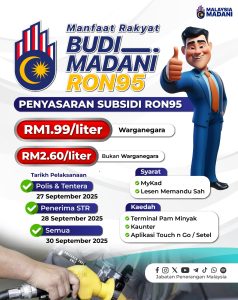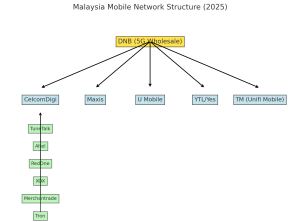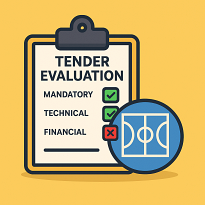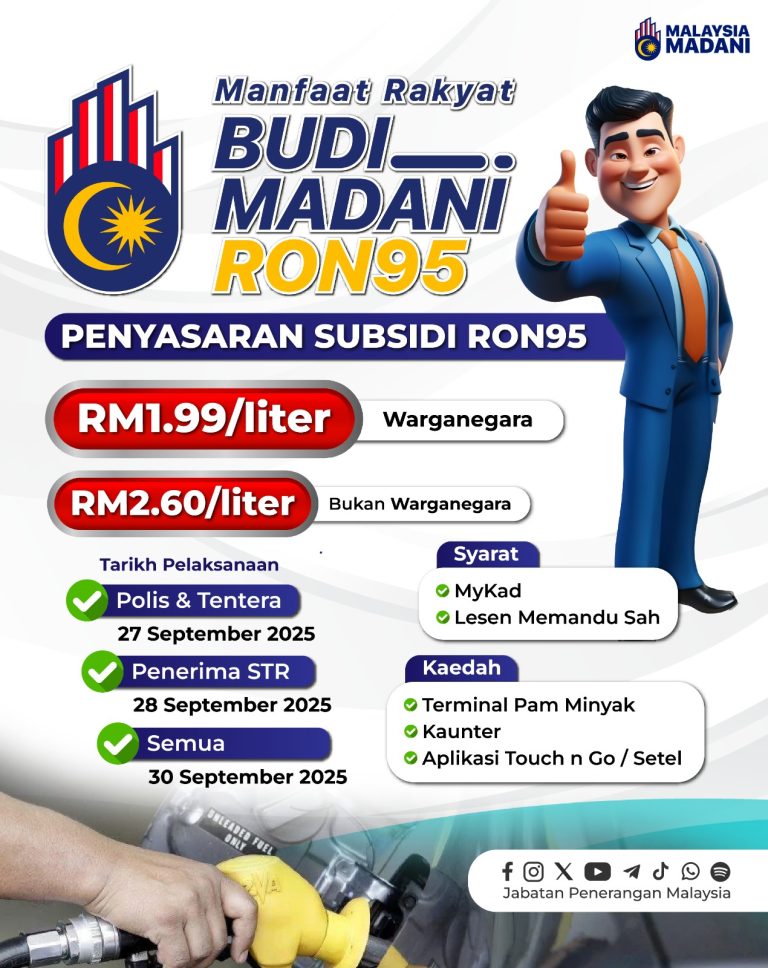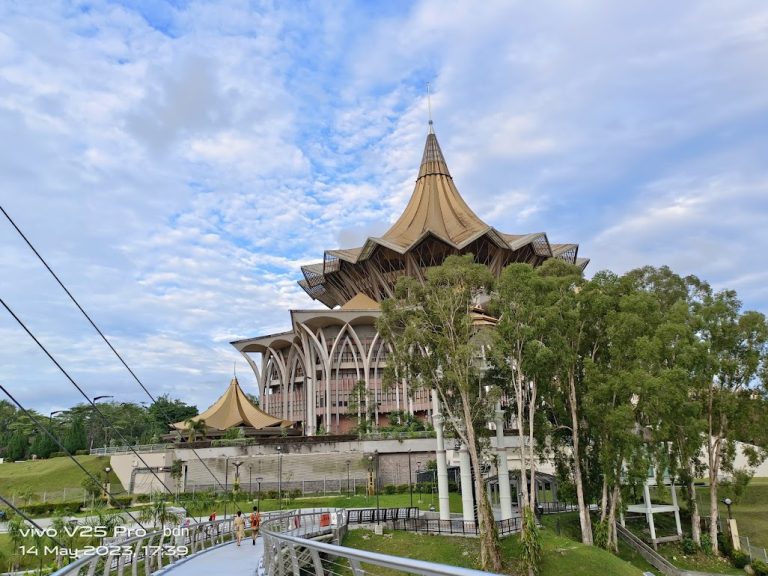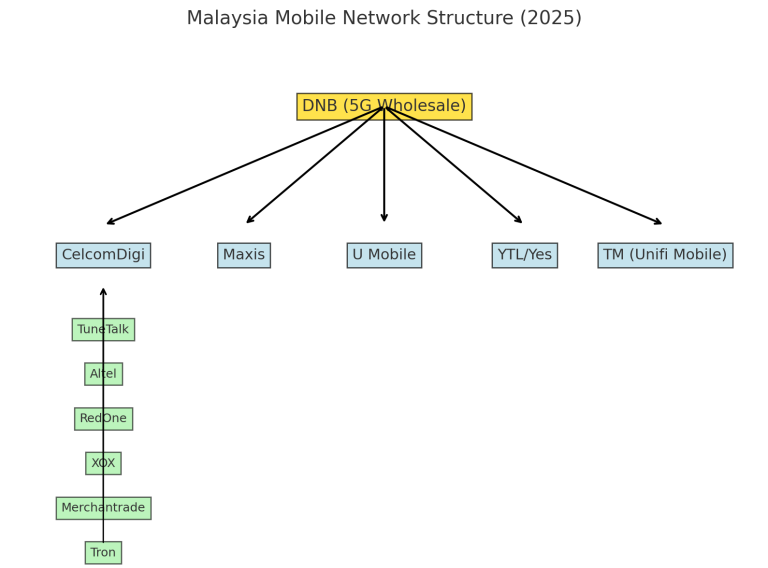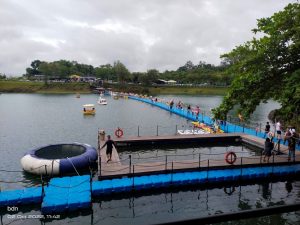1. Penilaian Mandatori (Mandatory Evaluation)
First filter: bidders must meet mandatory requirements – this must do first to simplify the process, or else it can go messy.
Outcome: Lulus / Gagal.
If gagal → automatically disqualified, no further evaluation – simplify the task
This is a compliance gate (license validity, registration, etc.).
It is common, for example a 30 bidder – you can see sometimes 20%, 30% or even 50% gagal the surface / FIRST round. There are several reasons for this:-
- Poor documentation , some missing documents (either hijacked or etc)
- Expired trading licenses, certificates, (no bumi-status for mandatory bumi status)
- Late submission
- Blacklisted company / or company’s owner
The causes that make them failed the first filter sometimes “amazing”. They want to be in business but they are not serious in doing their paper works. They thought that by knowing someone big in the particular department can help but the reality is that Government tender is overseeing by multiple level of committee and sub-committee. No single person can make the decision.
A. Expired / Invalid Licenses
- CIDB registration not renewed or expired – due to -sometimes the officer or the owner lalai
- MOF license (if supply/service) outdated – not renewed
- Bumiputera status certificate expired.
- JKR Gred / PKK license doesn’t match the project scope or value.
B. Wrong Class or Category
- Tender requires G5/G6/G7, but company only has G3/G4.
- Category mismatch (e.g. CE for civil works, ME for mechanical & electrical, B for building).
C. Failure to Submit Mandatory Documents
- Certified true copy of bank statement not attached.
- Form 24, 44, 49 (SSM company registration) missing.
- Director/shareholder list not updated.
- Latest audited accounts not submitted.
- Letter of authorization or declaration forms not signed properly.
D. Non-Compliance with Tender Instructions
- Did not attend site visit / briefing (often compulsory).
- Submitted tender after deadline or in the wrong format (e.g., wrong envelope labeling, not sealed).
- No tender deposit or incomplete tender form.
E. Ineligible Legal/Tax Status
- Company blacklisted or under suspension (by CIDB, JKR, Ministry).
- Tax (LHDN) arrears, not in good standing with KWSP/SOCSO., must attach the Tax Compliant Certificate.
- CORRIS record flagged for serious non-performance (termination, abandonment).
F. Joint Venture Issues
- If bidding as a JV/consortium, the agreement not signed or not stamped.
- One of the JV partners doesn’t meet the licensing requirement.
G. Tender Value vs Company Limit
- Each license class has a maximum tendering capacity (e.g., G3 can’t bid beyond RM500k).
- If tender exceeds the allowed ceiling, automatic fail.
2. Penilaian Teknikal (Technical Evaluation) – 70% Weightage
Scoring is based on multiple technical factors: This step much tedious than the first filter. Need to be good in math to calculate this though excel can do it fast but need to understand it well.
| Criterion | Weight |
|---|---|
| Company Profile | 10% |
| Resources Planning, Management & Personal Capabilities | 10% |
| JKR Recognized Sub Con | 5% |
| Mechanical & Electrical (M&E) | 5% |
| Performance Record (CORRIS) | 5% |
| Transportation / Machinery & Equipment | 10% |
| Work Experience | 10% |
Formula: (Total Marks ÷ 55%) × 70%
Thresholds:
- Lulus ≥ 50% → pass technical.
- 35–50% → borderline (still considered but weak).
- < 35% → fail.
This means a bidder must show solid profile, manpower planning, machinery readiness, CORRIS performance history, and experience — otherwise their financial offer won’t matter.
3. Penilaian Kewangan (Financial Evaluation) – 30% Weightage
Scoring is based on:
- Financial Bank Statement (3 months, certified copy) → 9%.
- Financial Institution / Banker Report → 2%.
- Financial Capability (profit margin or liquidity strength):
- 5% – 10% → 5 marks.
- 10% – 15% → 10 marks.
- More than 15% → 15 marks.
Formula: (Total Marks ÷ 26%) × 30%
Thresholds:
- Lulus ≥ 30% → pass financial.
- < 30% → fail.
This ensures bidder isn’t financially weak (cash flow, capital, banker credibility).
4. Overall
Technical carries more weight (70%) compared to Financial (30%).
This reflects priority: project delivery capability > lowest price.
Typical sequence:
- Mandatory → 2. Technical → 3. Financial → 4. Combine scores.
The highest combined weighted score wins, provided both sections pass their minimum thresholds.
Big Picture Takeaway for contractor
This system is designed to avoid “paper contractors” — those who bid low but lack machinery, manpower, or track record.
- Technical (70%) filters out weak performers.
- Financial (30%) ensures sustainability but doesn’t allow lowest price alone to win.
- CORRIS inclusion ties back to past government project performance.
CORRIS = Contractors Registration & Information System.
It’s basically the JKR (Public Works Department) performance database where every registered contractor’s track record is logged. Think of it as a “report card” for contractors.
Basically a standardized evaluation template that Sarawak councils, state ministries, and even federal agencies use (with small tweaks depending on project type).
Why It’s Standardized?
Kementerian Kesihatan Awam, Perumahan dan Kerajaan Tempatan (KPKT) is the supervising ministry — they don’t want every council to come up with their own “creative” formula.
Auditing & Integrity – The National Audit Dept. and MACC (SPRM) need one common system to check fairness.
Procurement Guidelines – Both state and federal follow Treasury Circulars (Pekeliling Perbendaharaan) and JKR guidelines, which require technical first, financial second.
Avoid “Lowest Price Trap” – That’s why technical weightage 70% is consistent across most tenders, not just local councils.
Where You’ll See Similar Evaluation
JKR (Public Works Dept) – road, bridge, building projects → same format (Company profile, machinery, CORRIS, financial capacity).
State Ministries (Sarawak, Sabah) – they often add extra emphasis on local contractor participation, but scoring backbone is the same.
Federal Agencies – e.g. MOH hospital tenders, MOE school projects → mandatory compliance + 70/30 weighting.
Special Projects (mega projects like Pan Borneo, MRT) – they may adjust weightings or add safety/ESG criteria, but the 70/30 technical-financial principle still applies.
The Logic
The government has learned (the hard way) that if you let financial price dominate:
- Too many “paper contractors” win,
- They can’t deliver,
- Projects stall or get terminated,
- Then the government has to re-tender.
So the technical-heavy evaluation (70%) forces bidders to prove capability before their price even matters.
In short:
This tender evaluation method is statewide and federal standard practice, just adapted with slightly different sub-criteria depending on whether it’s building, road, M&E, or supply contract.
Contoh – Tender Evaluation Summary
Agency: Ministry of Public Works & Local Governance
Department: Xxxxxxx Yyyyyy X
Tender Reference: DCX/PW/TDR/001/2023
Date: 20.12.2023

Note: Peratusan Perbezaan is the difference between the Tender Price Vs Budget for the project.
Notes:
- Variations from -13% to -19% against the internal estimate were observed – Peratusan perbezaan.
- Only companies passing the mandatory filter were considered for technical and financial scoring.
- Two companies failed at the mandatory stage and were disqualified.
- The final evaluation shows multiple bidders within acceptable score ranges, with the top scorers between 72% – 85% overall.
The Finality – sometimes a sensitive subject – sometimes someone bang the table ?
- Tender Committee Deliberation
- They don’t always pick the highest score automatically.
- They may ask:
- Is the price within acceptable variance (e.g. –13% to –17%)?
- Is the contractor really capable (experience, reputation)?
- Are there risks of project delay?
- Do we need to spread opportunities (not always giving jobs to the same group)?
- They can even reject all and call for re-tender if results look suspicious.
- Final Award
- The decision is formally recorded in Borang MK (Mesyuarat Kewangan / Tender Committee form).
- The committee’s recommendation then goes to the approving authority (e.g. Minister, YB, Council Chairman, depending on value limit).
What This Means in Practice
- The scoring is guidance, not a verdict.
- Committees often choose among the top 2–3 scorers, not just the highest one.
- Political, local, or strategic considerations sometimes tip the balance.
- That’s why you see “Rujuk Borang MK” in the notes — because the final say is collective.

